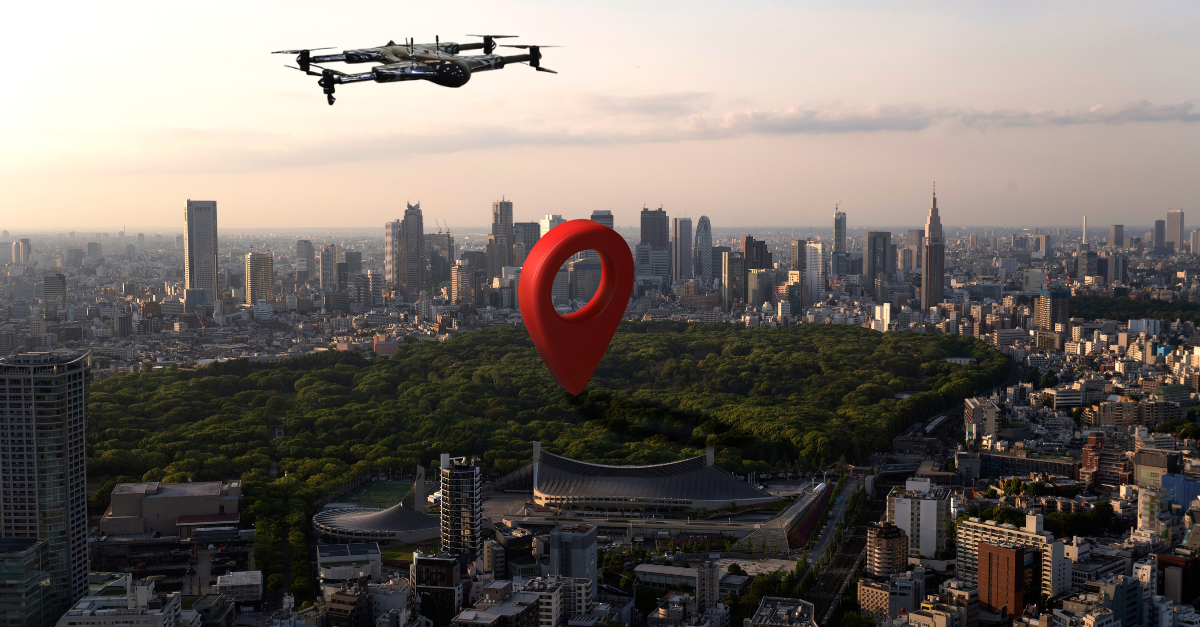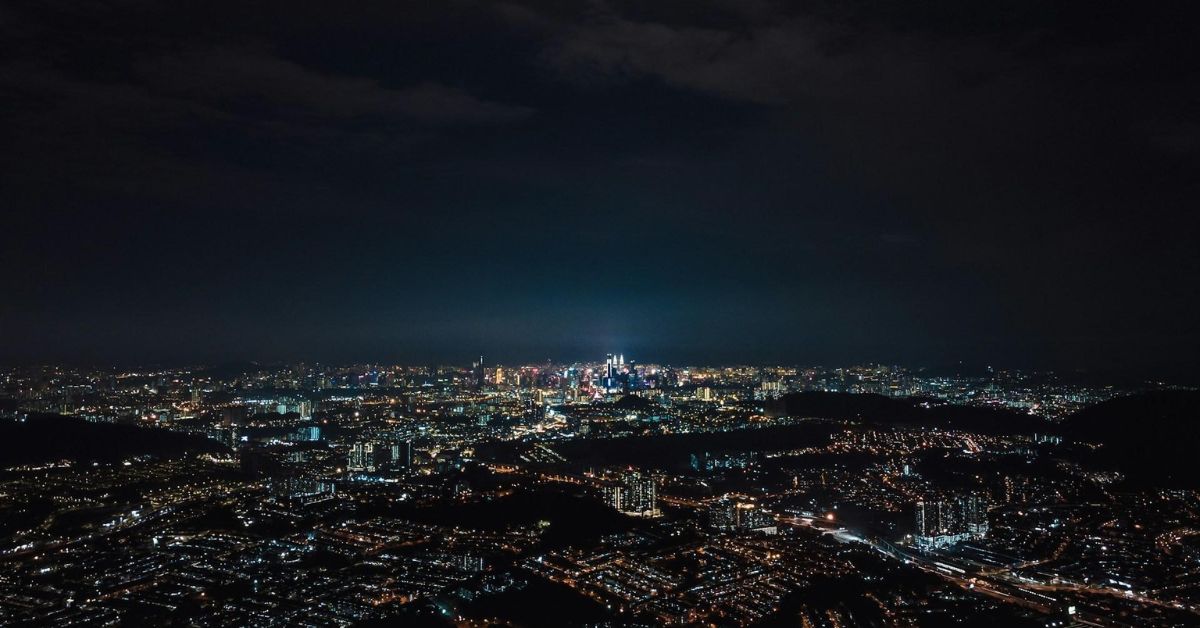Navigating Industrial Zoning Codes for Optimal Business Locations

Urban planning and zoning is shaping how cities use land and space. A key feature is the identification of an industrial zoning places marked out for manufacturing, warehousing, logistics and other industrial activities. Proper industrial zoning allows cities to focus these functions in the appropriate places while protecting residential and commercial zones.
You can make informed decisions on real estate that are in line with your business requirements and local rules if you have a better grasp of industrial zoning codes.
Understanding the Spectrum: Light vs. Heavy Industry
Not all industrial estates are made equal. There are two main types; light and heavy industrial zoning , depending on the industry type and its various needs, as well as, its impacts.
Light Industrial Zones
Light industrial zones are typically found closer to residential districts and they harbor businesses engaged in:
- Light Manufacturing: Assembling electronics appliances or furniture such as 3d printing workshops and bicycle assembly plants.
- Food Processing: This could be baking, packaging or distributing food products like artisan bakeries or cold storage facilities.
- Printing and Publishing: These include printing facilities together with bookbinding plants such as small-scale printing presses alongside digital printing enterprises.
- Research and Development: Laboratories and technology companies. For example, cleantech start-ups, and medical research facilities.
These businesses typically produce less noise, less dust or other particulate matter, and fewer emissions making them compatible with adjacent communities. Light industrial zoning often have more stringent building codes relating to heights of buildings, noise levels emanating from the property as well as their aesthetic appearances in order to match with the surrounding ecology.
Heavy Industrial Zones
In contrast to light industrial areas, heavy industrial centers are designed for volumes of intensive industrial operations like:
- Heavy manufacturing facilities such as steel mills, chemical plants and oil refineries.
- Power generation sites such as electrical plants and waste-to-energy operations.
- Mining and mineral extraction activities including quarries and raw material processors.
- Major transportation hubs include airports, seaports, and freight terminals.
Due to possible effects like noise pollution and high traffic volumes, a heavy industry area is usually found far from residential areas. The zoning regulations in these heavy industrial spots are meant to allow crucial large-scale industrial undertakings while also protecting those who live around them.
Finding Your Perfect Fit: Considerations for Businesses
Some of the factors you should consider when choosing the right industrial area for your business include:
- Type of Business: Consider the space requirements of your business, noise levels, environmental effects, as well as traffic. For instance, a brewery needs areas where it can keep fermentation tanks and delivery lorries, while textile firms require humidity and dust control.
- Zoning Regulations: Examine industrial zoning codes in specific zones and allowable activities. Some districts are against certain types of emissions or have time limits to operations.
- Accessibility and Infrastructure: Evaluate transportation access, utility availability, proximity to customers or suppliers. Major highways must be easily accessible by a logistics firm whereas food distributors find their advantage being near in supermarkets and eateries.
- Cost and Availability: Different rental charges, land costs, and development expenses cuts across different industrial areas. Better infrastructure could be seen in established zones, though they may have higher prices while new ones may provide development incentives.
- Environmental Regulations: Understand as well as adhere to ecological ordinances specifically meant for your industry within the preferred zone. Waste disposal permits as well as emission control are necessary for a chemical manufacturer.
Also, Involving a commercial real estate drone agent or land use lawyer acquainted with industrial zoning might help.
Beyond the Factory Walls: Innovative Uses of an Industrial Area
The role played by industrial zones in our society is fast evolving. Some cities have begun to think creatively about how they can leverage this.
- Mixed-Use Development: For instance, combining light manufacturing concerns with shops, offices and homes, say, merging a brewery with a taproom and restaurant even constructing live/work spaces for artists and artisans.
- Urban Agriculture: These include rooftop orchards as well as vertical farming and community gardens on idle plots of land among other things. Those who reside within that area may have fresh vegetables supplied by local restaurants while continuing to enjoy their hobbies such as gardening.
- Innovation Hubs: Collaboration between research institutions, startups and established firms, can be fostered so as to take place in innovation districts which would host shared labs alongisde co-working spaces.
The Symphony of Sustainability: Balancing Industry and Environment
Do you know that industrial zones serve as economic drivers for cities? However, their environmental impact cannot be ignored. Sustainable development necessitates deliberate policies and creative actions aimed at harmonizing between economic growth and ecological responsibility.
Some approaches to “greening” industrial areas include:
- Collecting renewable fuel sources such as solar and wind decreases greenhouse emissions and will help America and other countries be reliant on other countries for fuel.
- Recycling, waste reduction, and other forms of resource recovery in circular economy are promoted through partnerships. This minimizes environmental impact.
- The integration of green infrastructure features which includes; green areas, bio-infiltration systems like bioswales and permeable pavements to control stormwater and uphold air quality as well as beautification.
Therefore, the key to making these essential zones examples of sustainable design is the use of mobilizing emerging technologies and nature-based solutions that would fit the industrial setting. I find that it’s possible to make prosperity come out of zones with industrial designs while being responsive to ecological health in a purposeful manner.
Building Community Cohesion
Usually, strong communities ensure residents’ feelings of inclusion and general welfare, but more often, industrial zones act as hurdles to such unity. This section will explore three key strategies:This section will explore three key strategies:
- Introduction of Buffer Zones and Community Participation
Areas with parks, cooperative gardens, or recreational areas that are provided between industrial zones and density populated areas should also raise perceptions and living conditions among communities.
- Transparency and Information Sharing
Creating more accurate channels of communication to give the residents real-time information on industrial activities will also help build trust and deal with worries as they develop.
- Community Investment Initiatives
Supporting the development of structures in communities through capital investments in tangible structures, charitable causes, or education and training increases the level of togetherness in a society.
The Takeaway
Light Industrial zoning remains a crucial and multifaceted aspect of development strategies for today’s cities. Companies that are looking for a site where you can examine your logistic requirements and potential effects in order to determine the best zone – light or heavy- and other specifications including, regulation on usage, facilities, openness, costs and environmental compliance.
Do not limit the thinking to the conservative possibilities for using such areas for mixed-use development, urban farming or innovation districts. And do not forget that it is possible to create both rather generous policies and efficient and environmentally friendly practices in industrial territories to become both the powerhouses of growth and the protectors of the planet.















